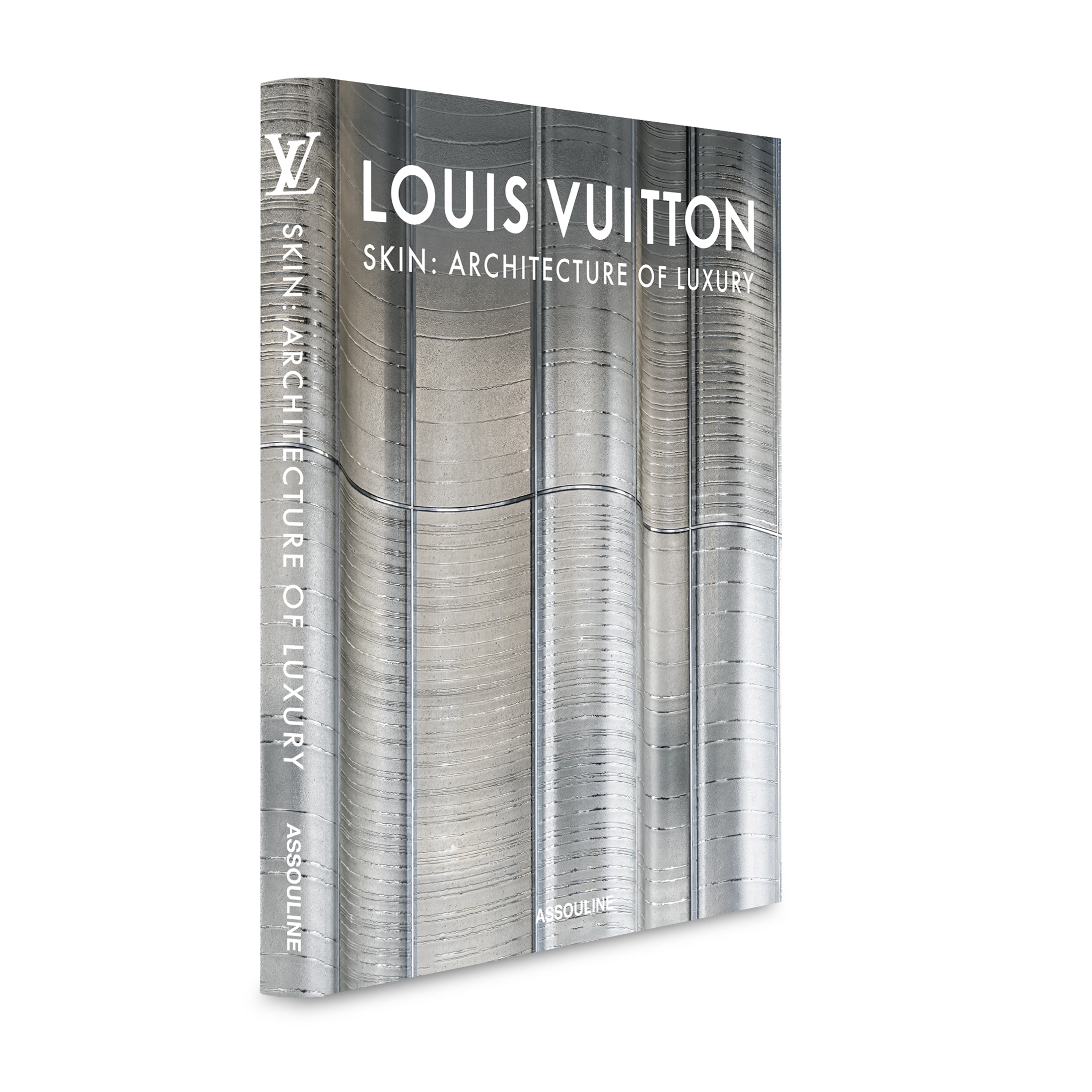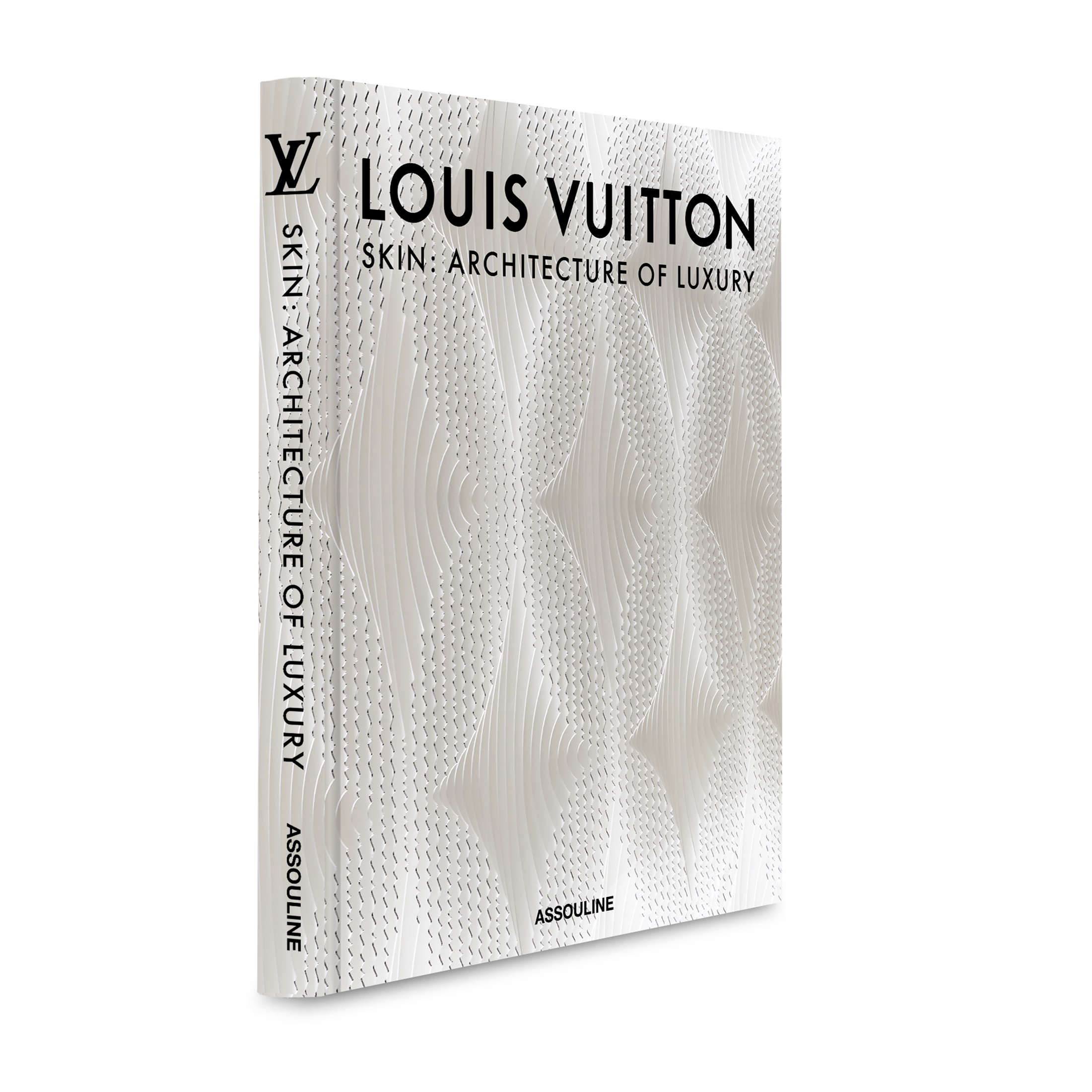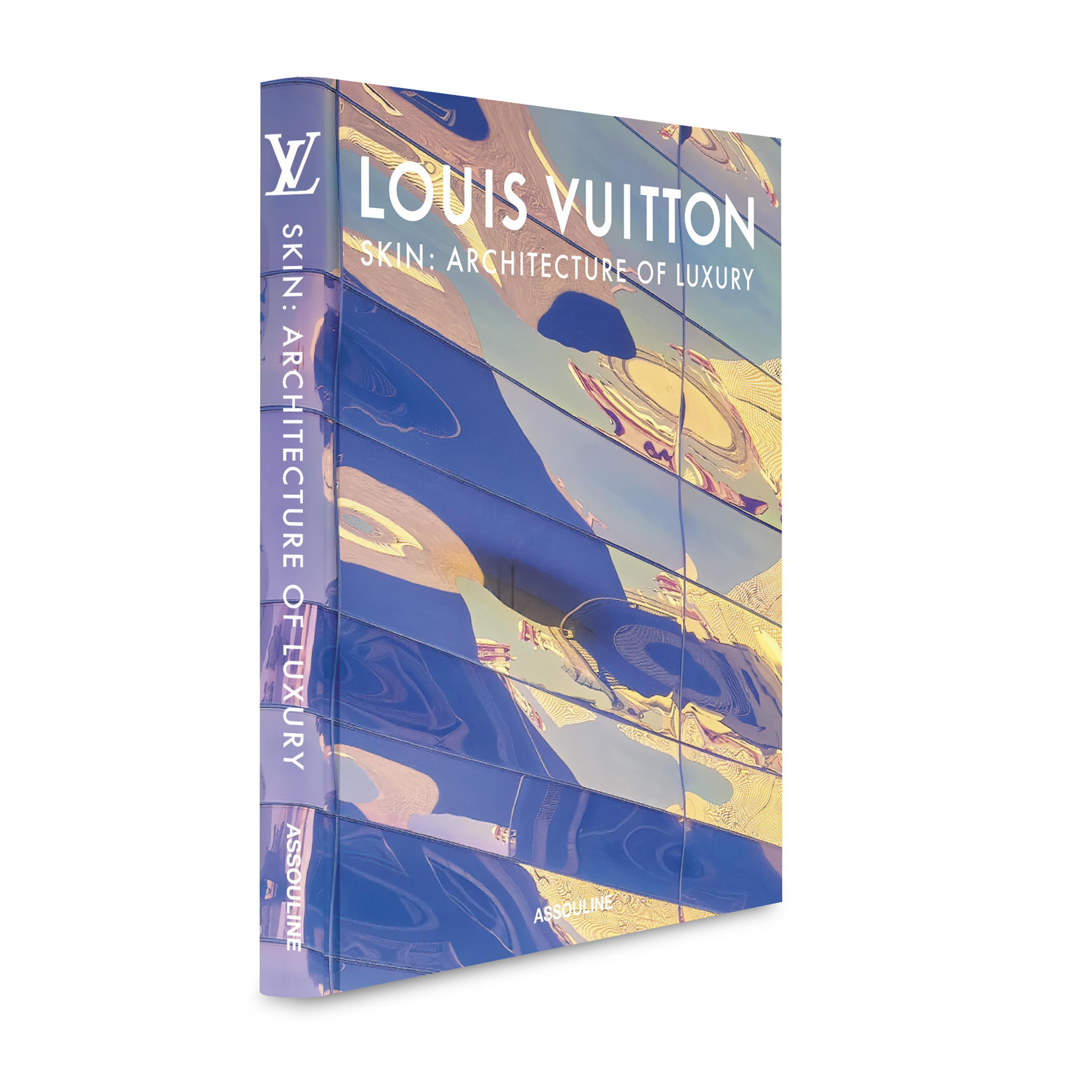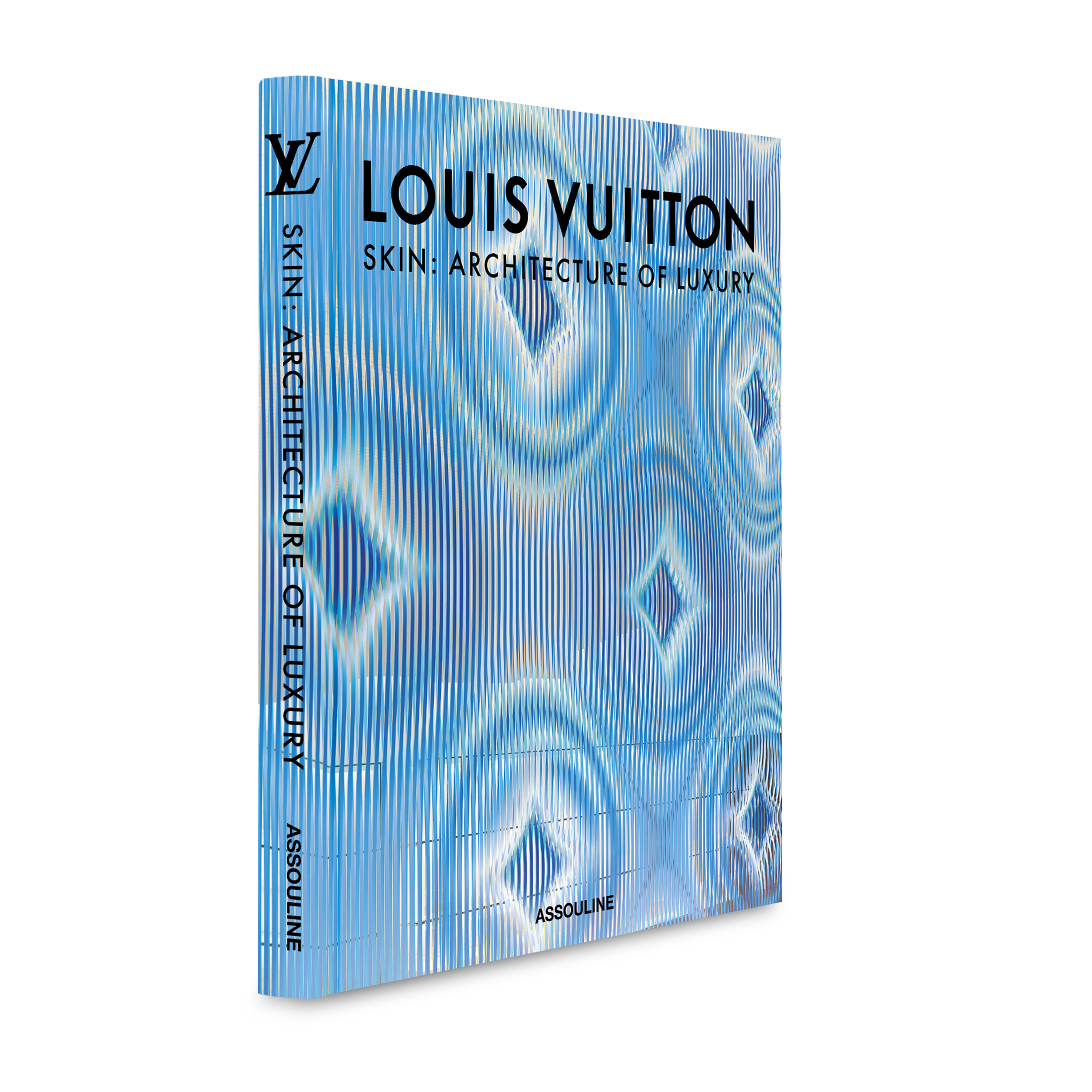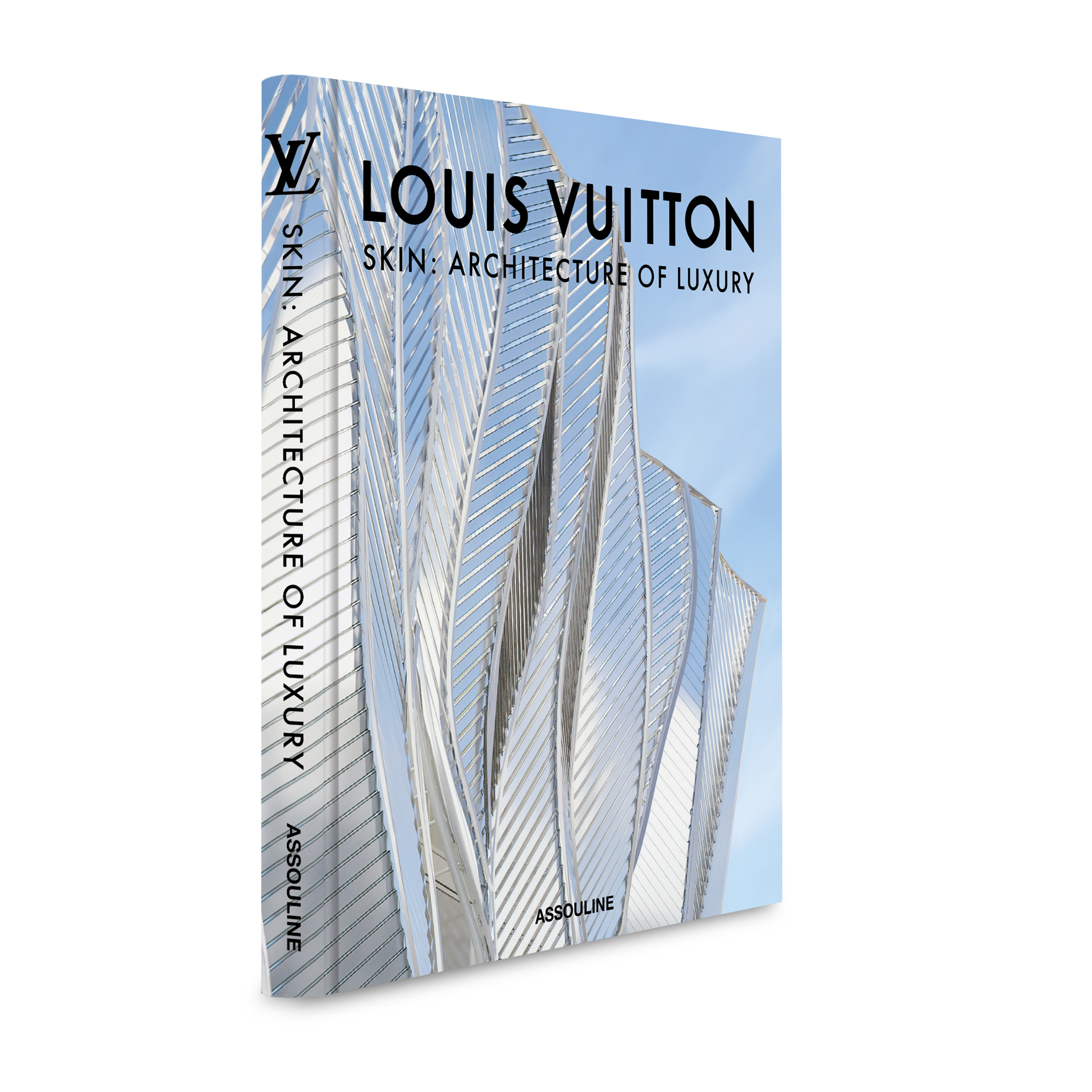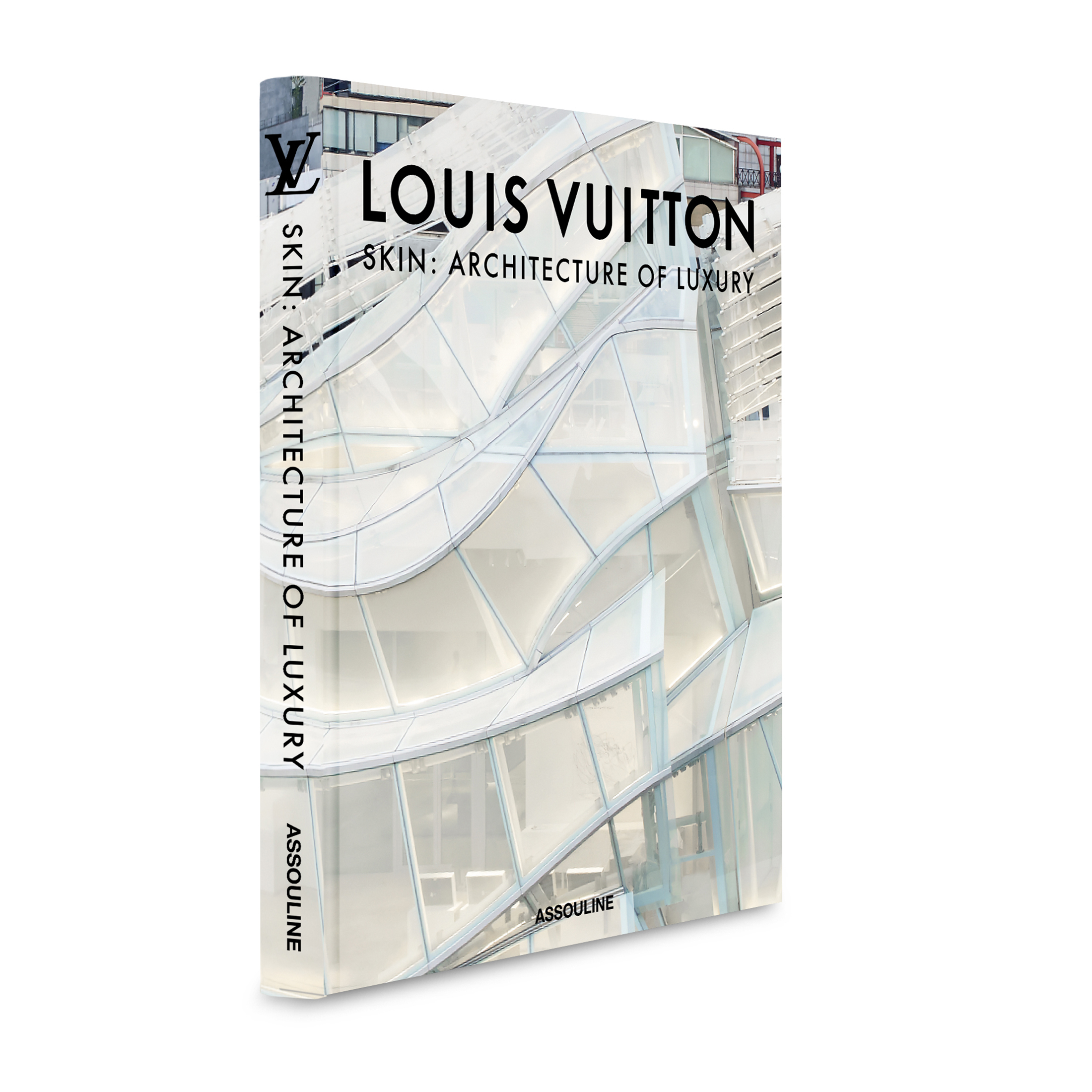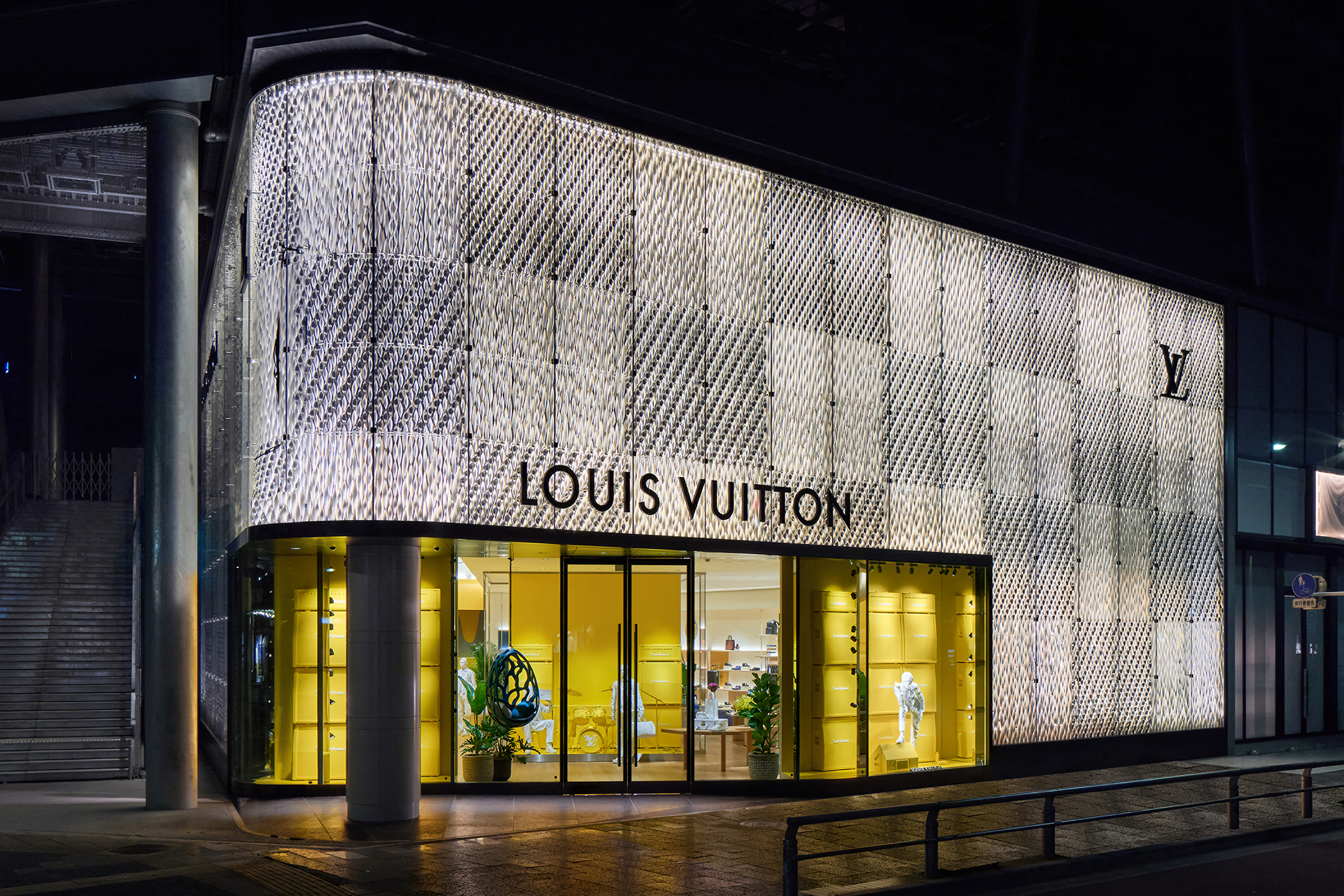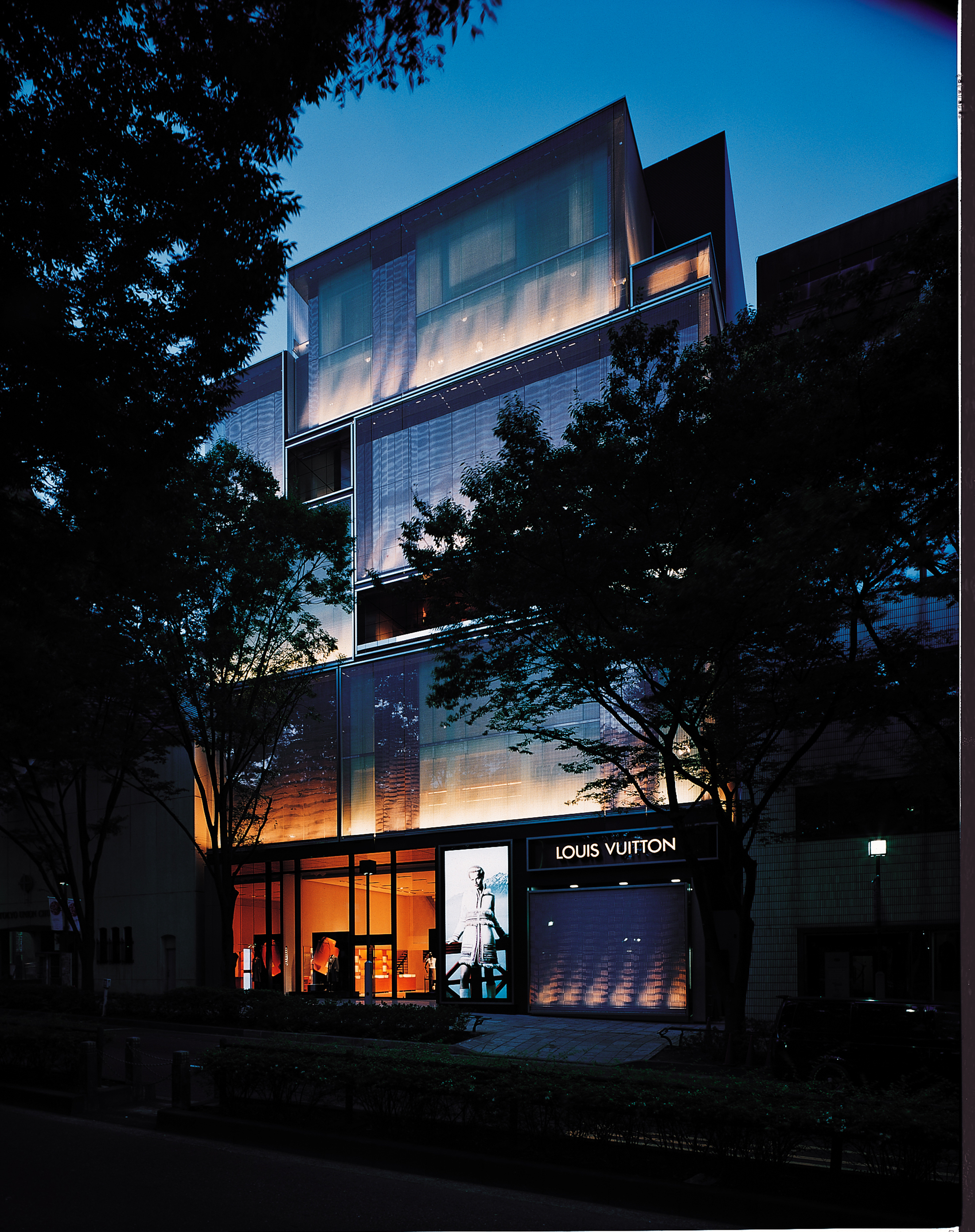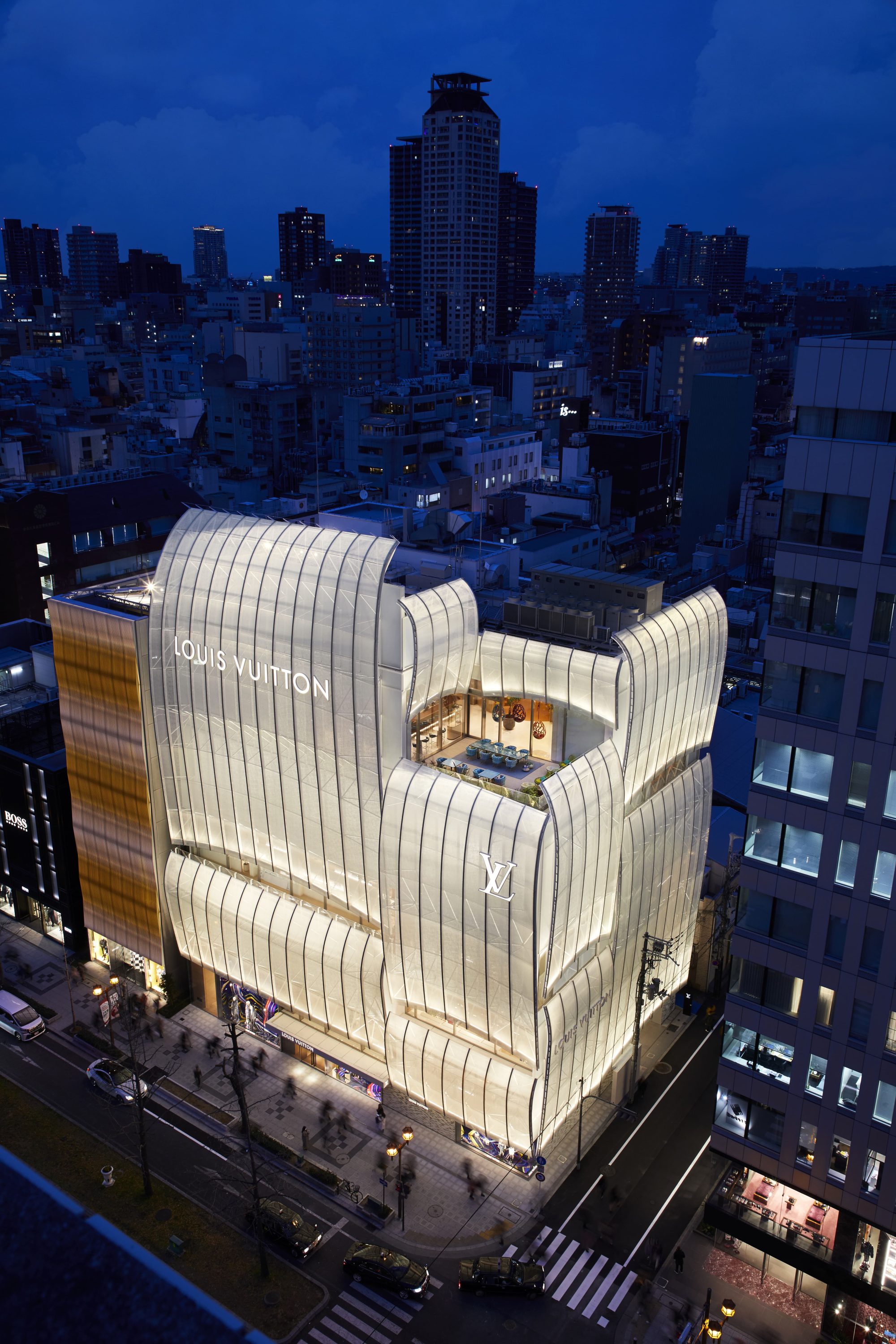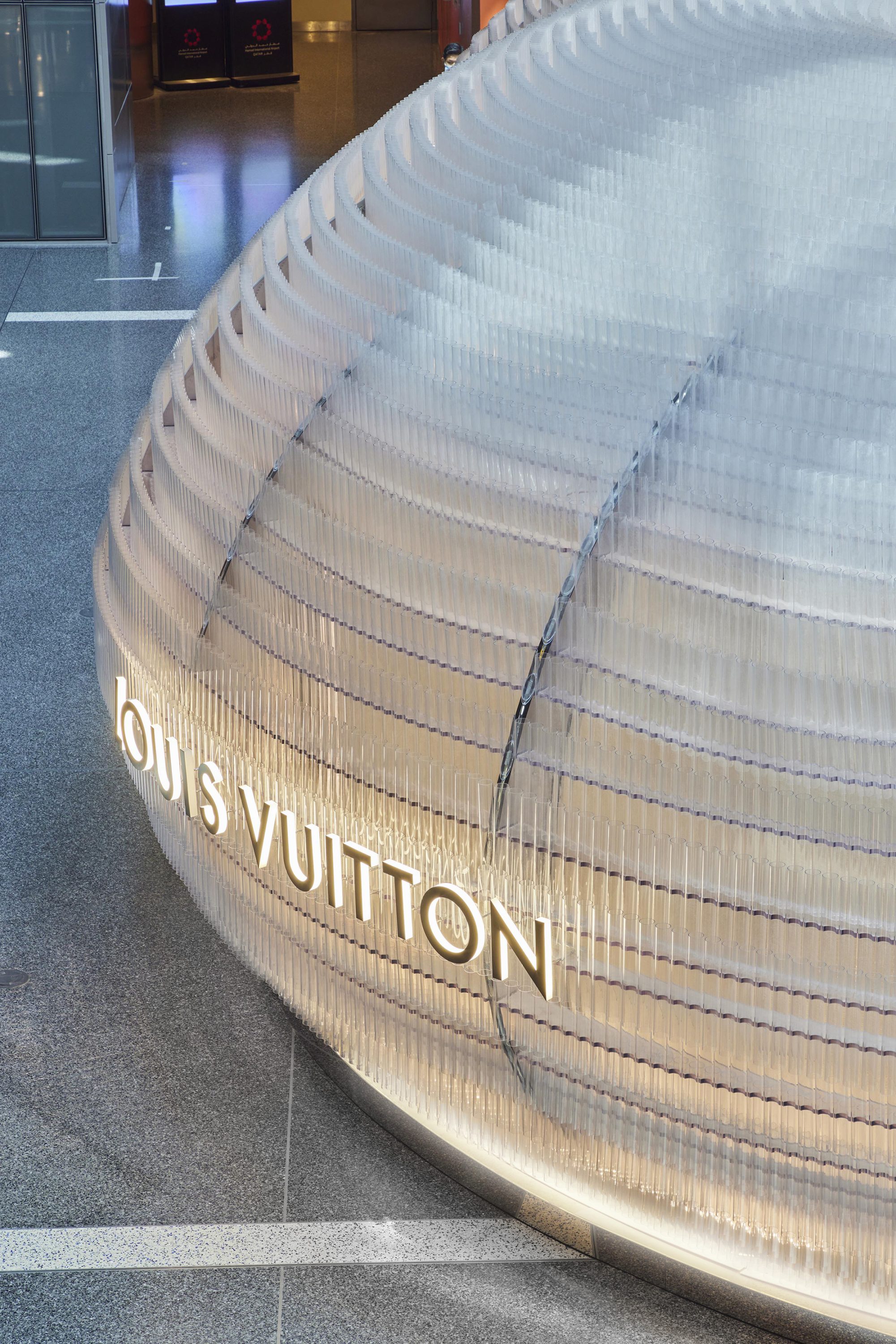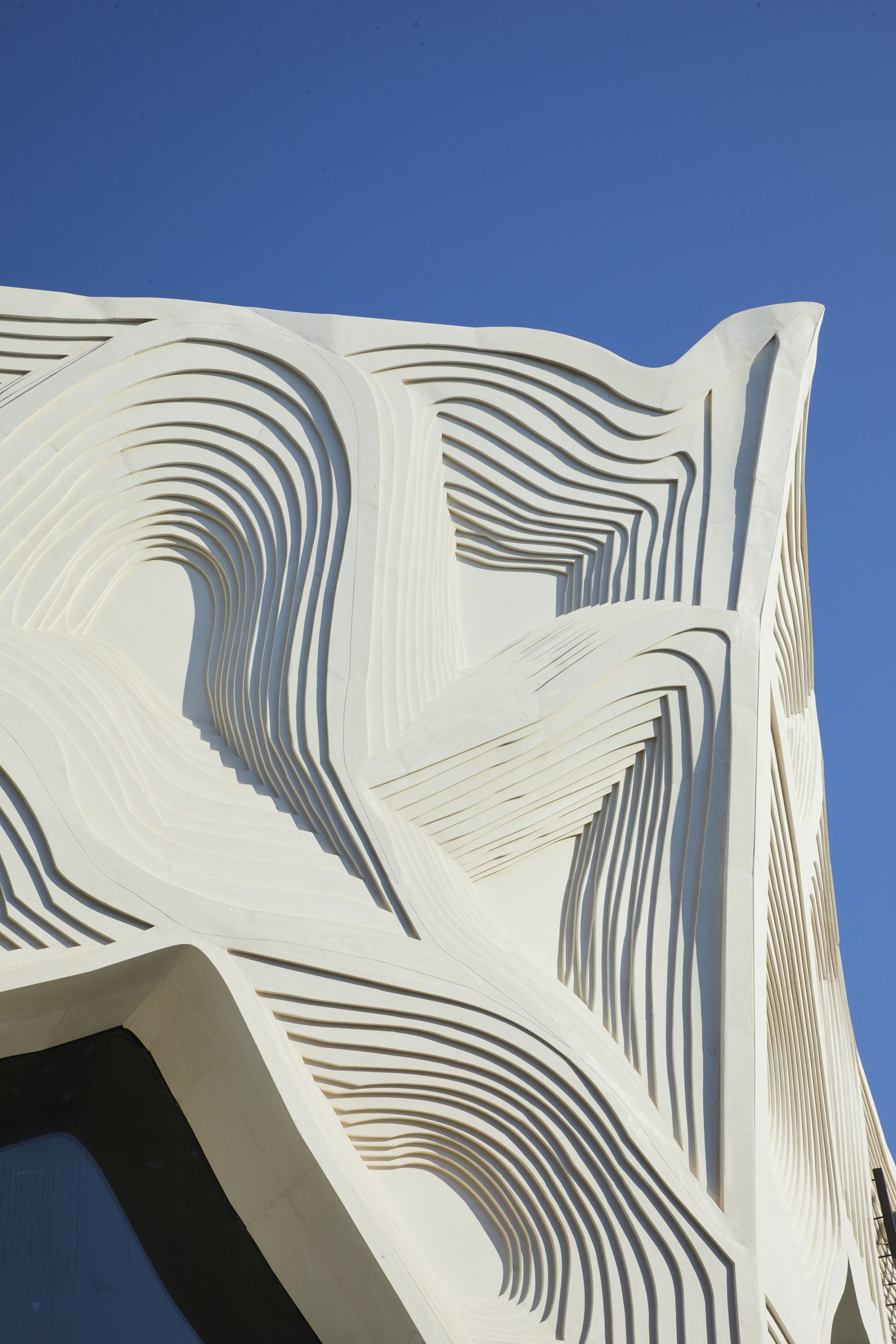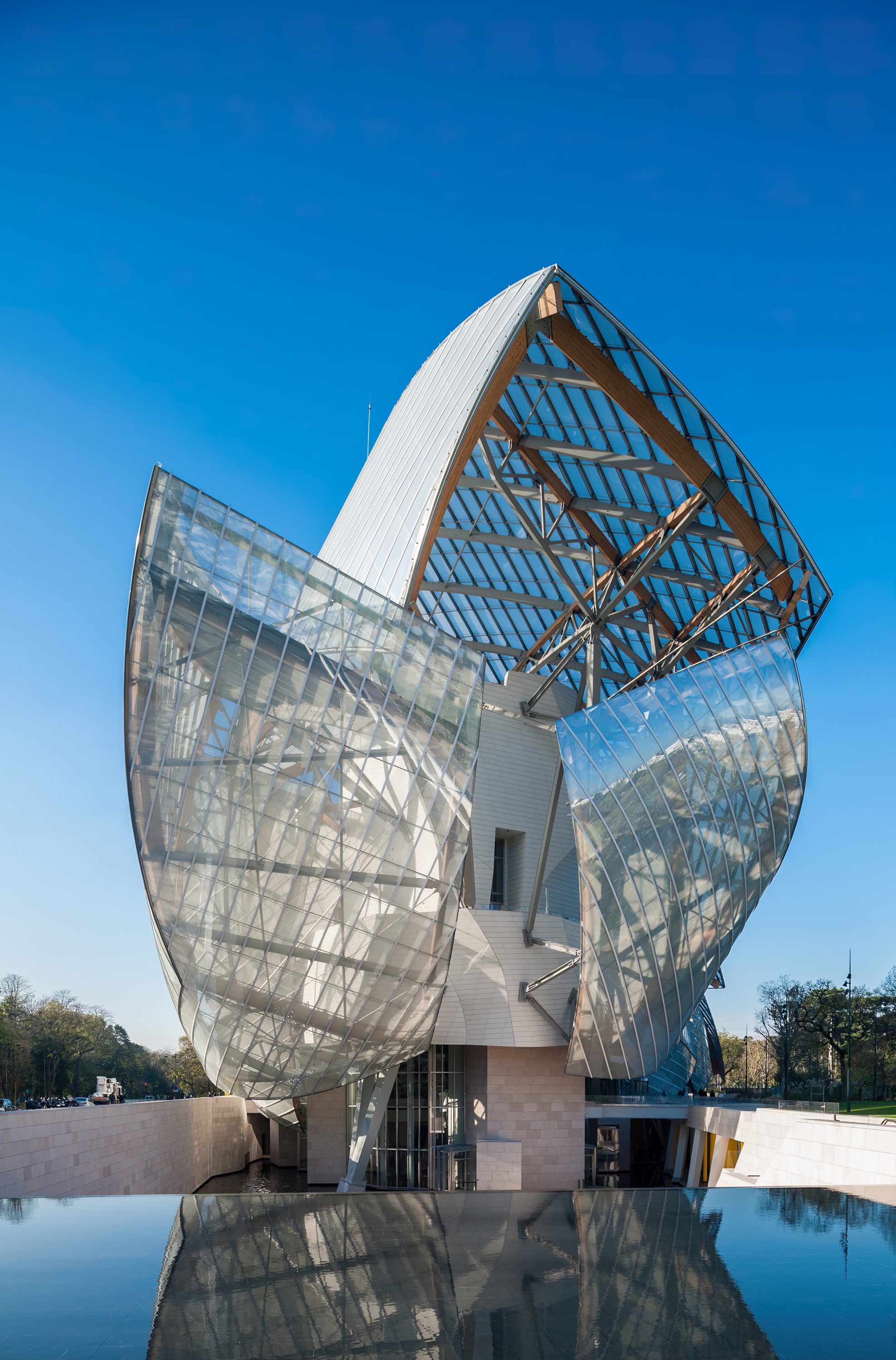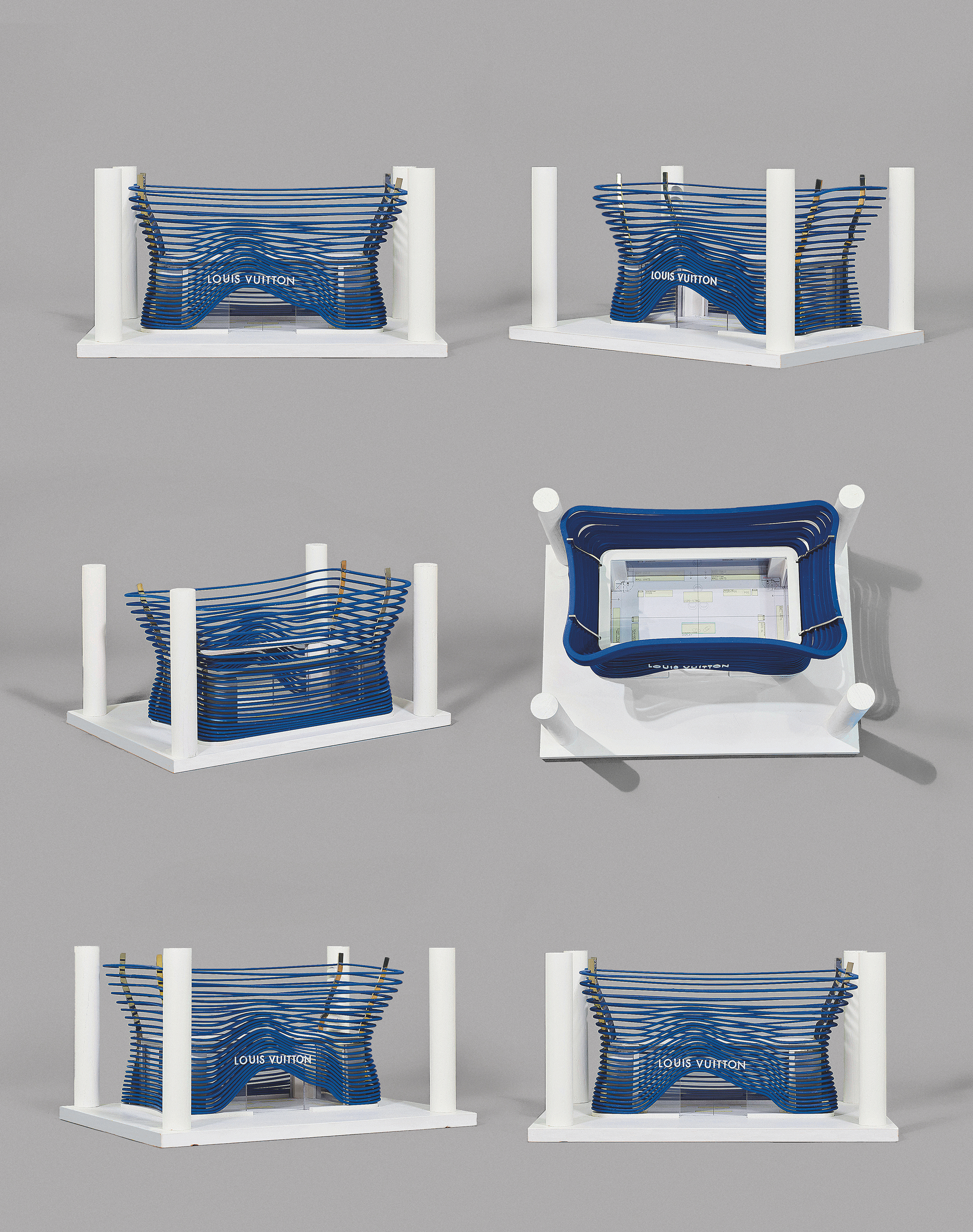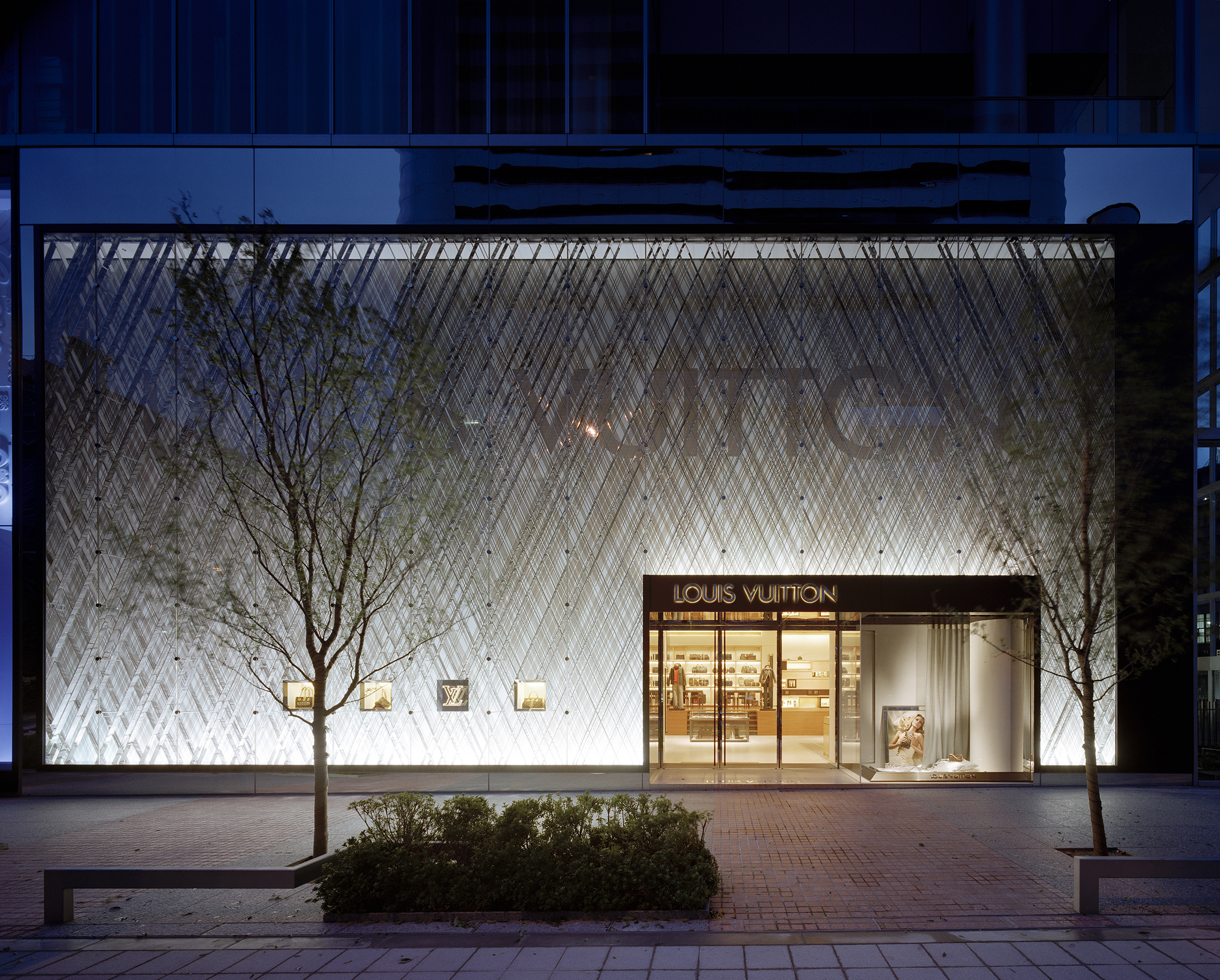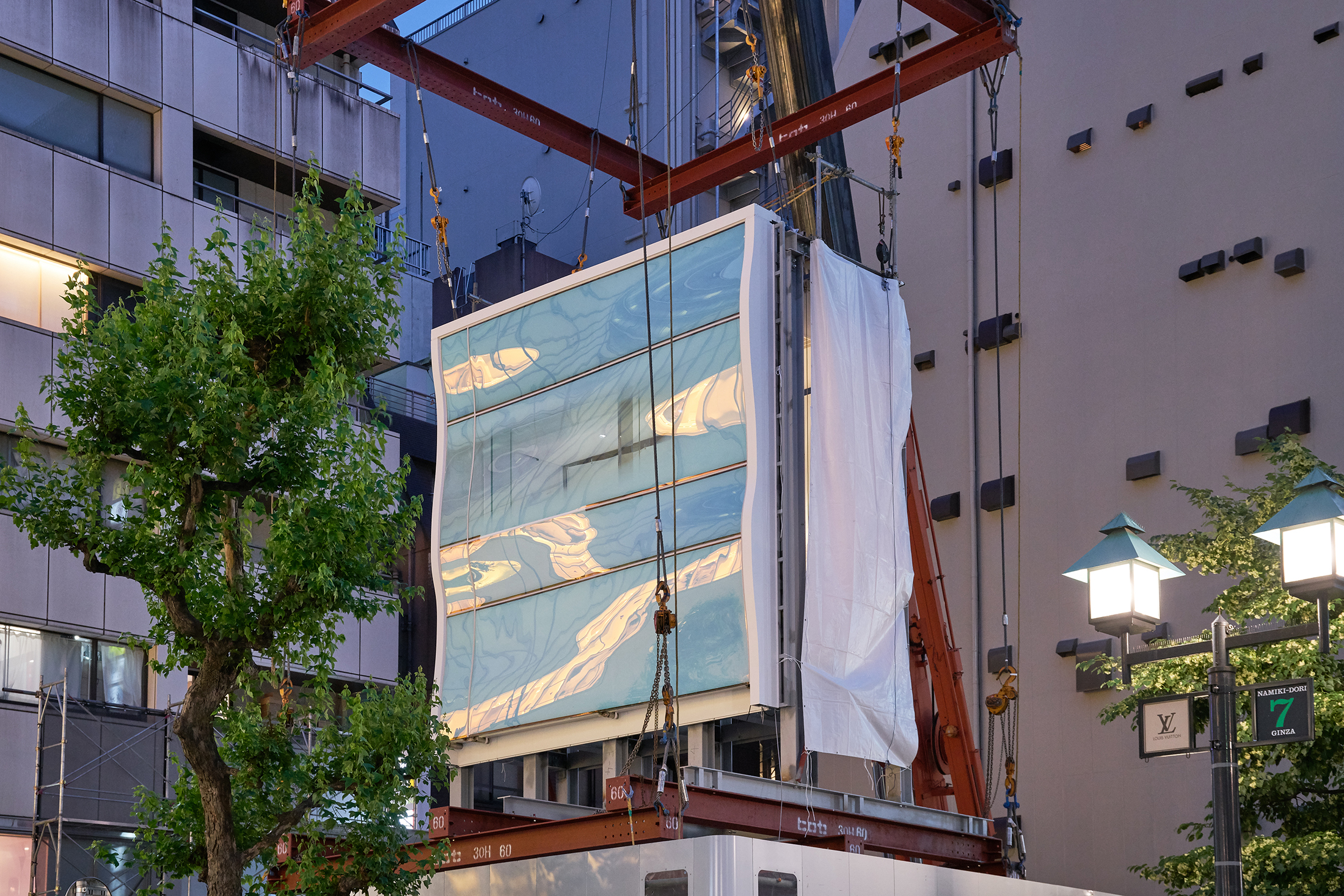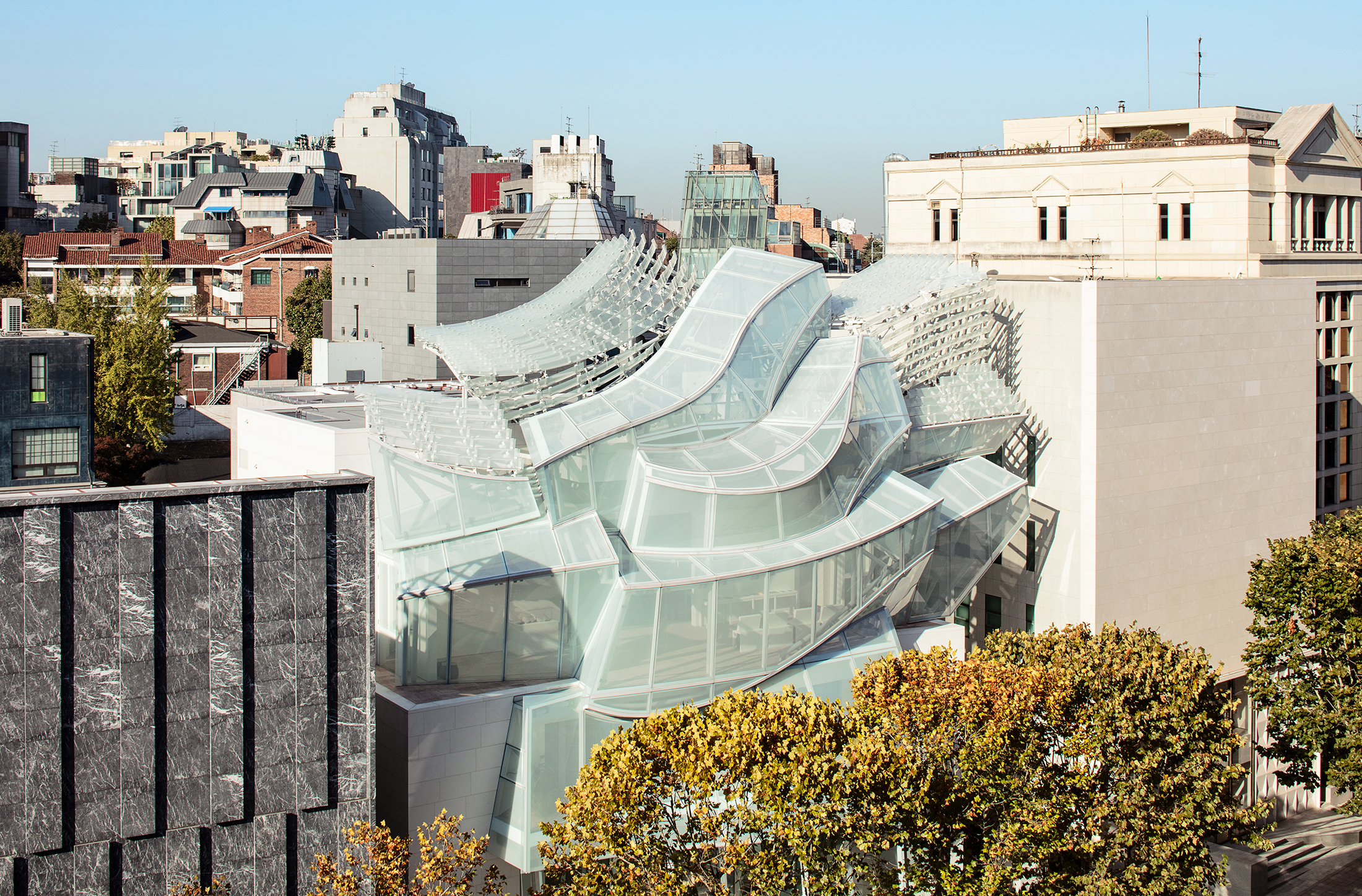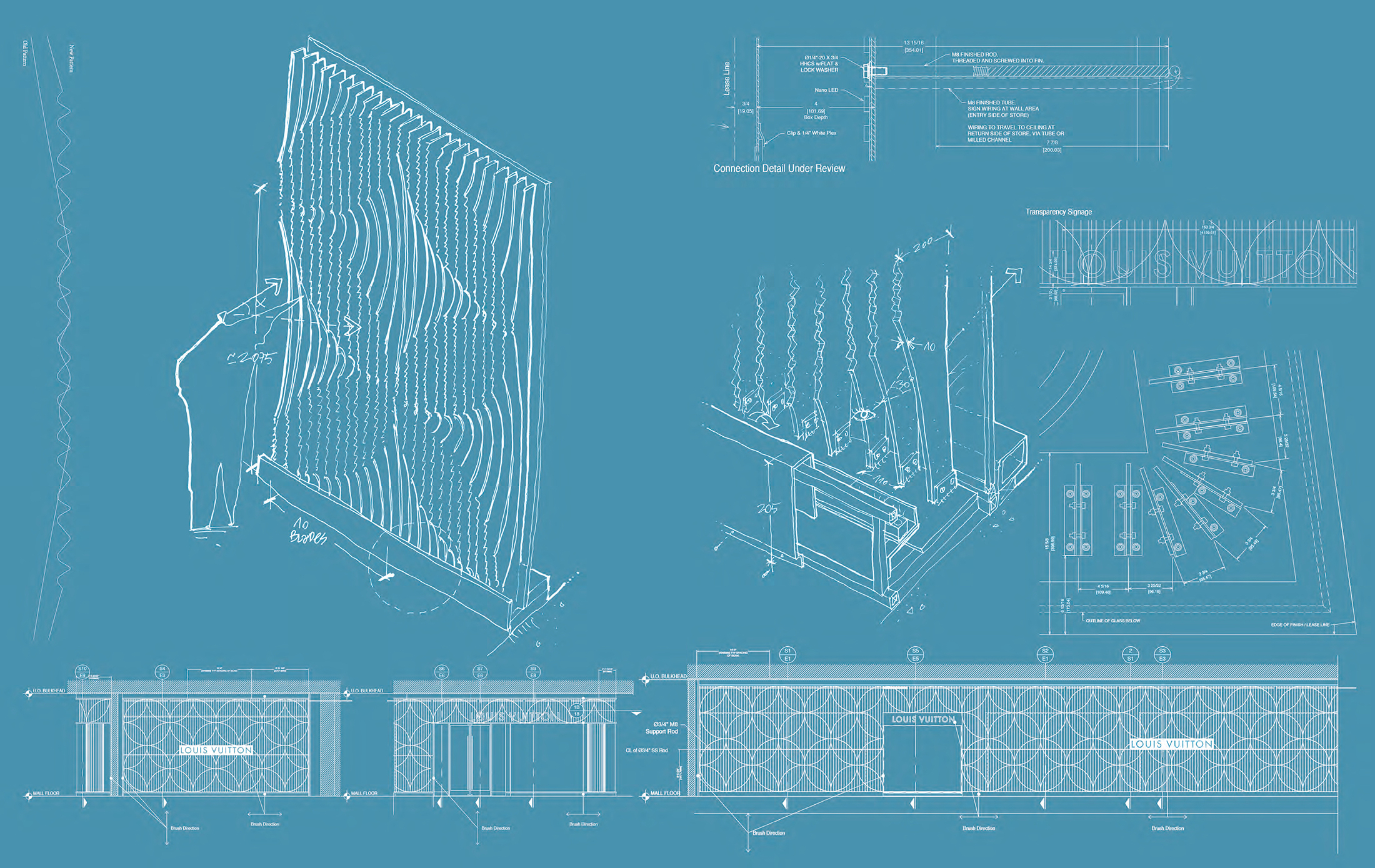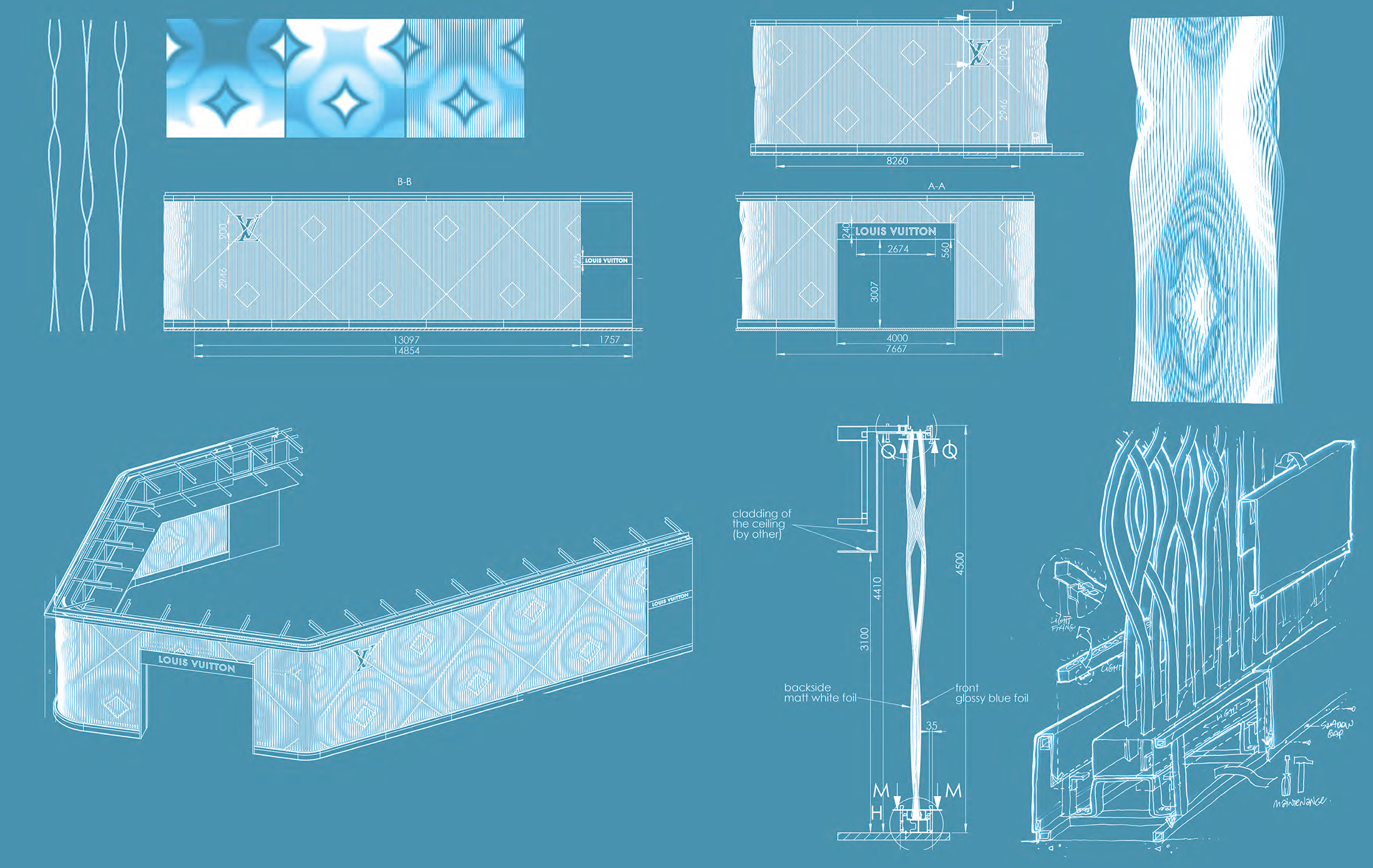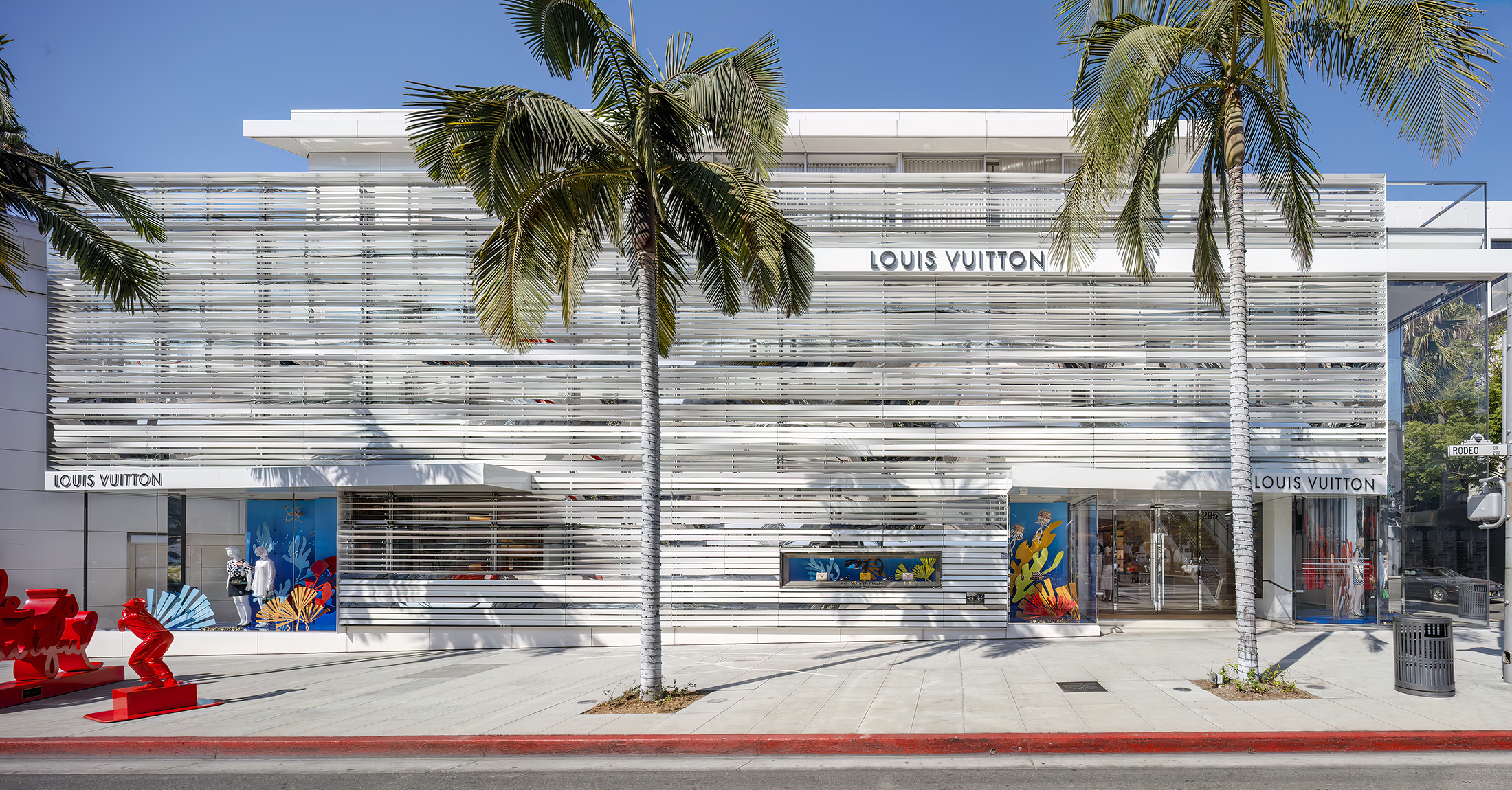None of Louis Vuitton’s stores are designed to fit into the urban context in any conventional way… They are buildings designed to have the same appeal as the Maison’s products, elevated to civic scale.
– Paul Goldberger
An extensive exploration of Louis Vuitton’s façades—called the “skin” in architectural parlance—by Pulitzer Prize-winning author Paul Goldberger, Louis Vuitton Skin: The Architecture of Luxury takes readers on an exhilarating world tour of the Maison’s most distinctive stores. From São Paulo to Seoul, Miami to Mexico City, the book visits Louis Vuitton locations that collectively form what Goldberger calls “the most radical rethinking of the concept of brand identity in our time.”
Avoiding consistency, the French luxury house effectively invested not in a single architectural identity but rather in the notion of architecture itself as being Louis Vuitton’s identity. To that effect, the Maison has commissioned significant buildings, many by internationally renowned architects—including Frank Gehry, Jun Aoki and Peter Marino— with bespoke exteriors designed to create a powerful visual experience, relating to the specificities of its location, and above all, evoke emotions. Unequivocally modern, yet upholding Louis Vuitton’s unparalleled tradition of quality craftmanship, each store’s skin is constructed to have the same appeal as the Louis Vuitton products within it.
Undercutting the expectation that a vast luxury company must assert itself behind standardized visual codes, the Louis Vuitton stores highlighted in this book are each dramatically different urbanistic and architectural expressions, all unlike anything the Maison has previously designed. At the Istanbul Istinye Park location, for example, the exterior resembles a topographical map made from a three-dimensional printer, whereas in Tokyo’s Namiki Dori store, the glass façade references the nearby Tokyo Bay, with undulating surfaces that transmit shifting colors for a wave-like effect.
The book will be available in six different covers, each featuring one of Louis Vuitton’s most architecturally distinctive stores around the world: Beijing, Paris, Seoul, New York City, Tokyo and Singapore.
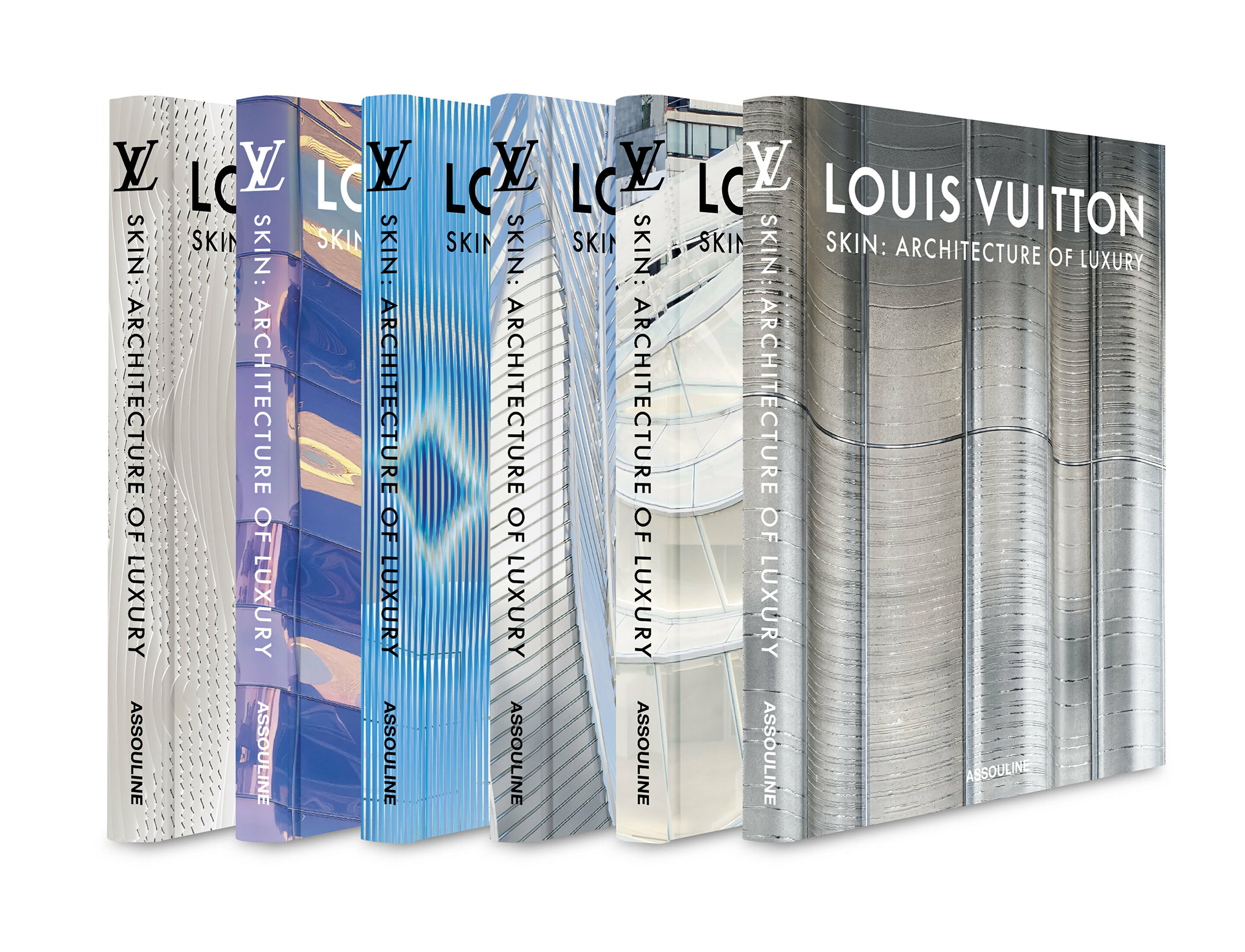
Paul Goldberger, whom the Huffington Post has called “the leading figure in architecture criticism,” is currently a contributing editor at Vanity Fair. From 1997 through 2011, he served as the architecture critic for The New Yorker. He also holds the Joseph Urban Chair in Design and Architecture at the New School in New York City, where he was formerly dean of the Parsons School of Design. He began his career at The New York Times, where in 1984 his architecture criticism was awarded the Pulitzer Prize for Distinguished Criticism, the highest award in American journalism. Goldberger is also the author of several books, including Building Art: The Life and Work of Frank Gehry, Christo and Jeanne-Claude and Why Architecture Matters. In addition, he has served as a special consultant and adviser on architecture and planning matters to several major cultural and educational institutions, such as the Morgan Library Museum in New York, the New York Public Library and Harvard University.
